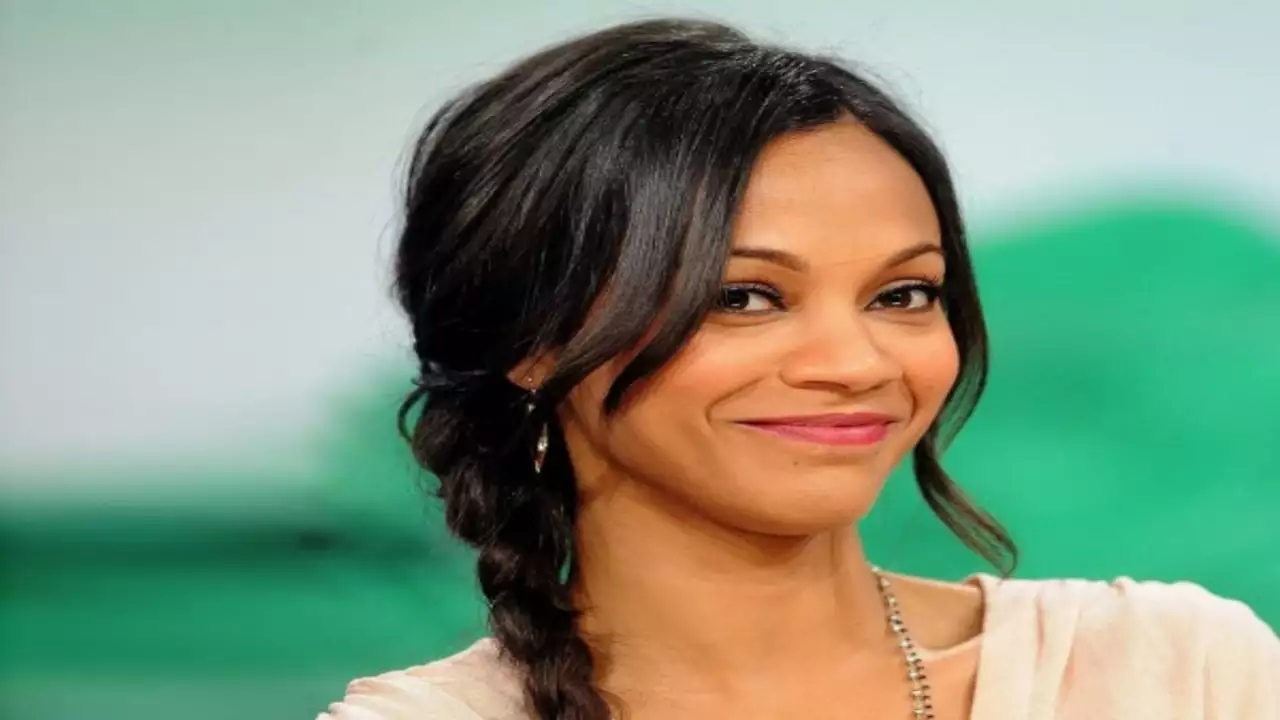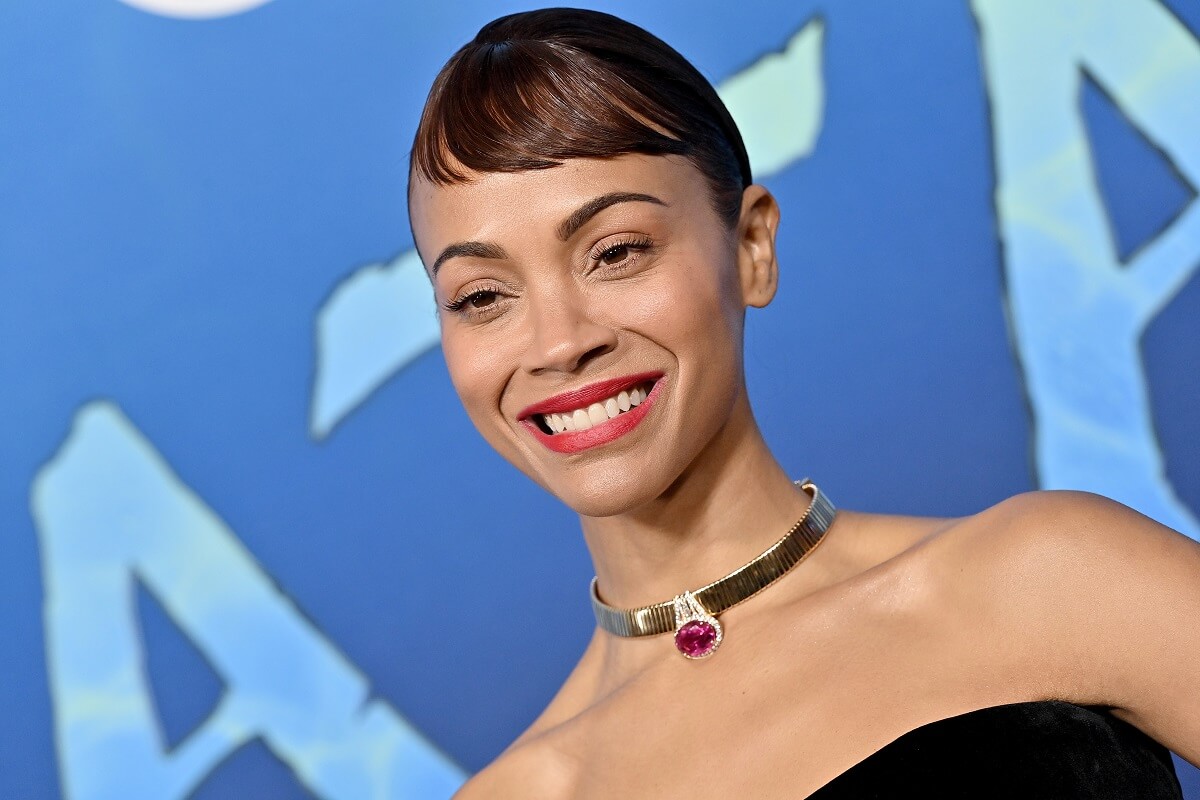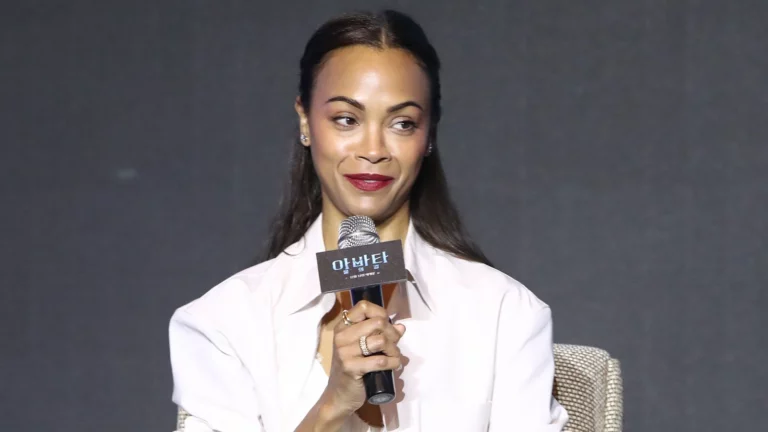Zoe Saldaña, celebrated for her roles in action-packed blockbusters like “Avatar” and “Guardians of the Galaxy,” recently ignited a fiery debate with her comments on the scarcity of female directors in the action genre. Speaking at the Toronto International Film Festival, Saldaña lamented the lack of female representation behind the camera, particularly in high-profile action films, notably pointing out that no James Bond film has yet been helmed by a woman. This statement has not only sparked discussions across social media but has also highlighted a broader issue within the industry.

The Backlash and Support: From Online Trolls to Fan Endorsement
Saldaña’s remarks have met with mixed reactions online. While some supporters rally behind her call for greater gender diversity in Hollywood, critics argue she overlooks the significant strides already made by women in action filmmaking. For instance, Kathryn Bigelow, Patty Jenkins, and Gina Prince-Bythewood have been trailblazers in the genre, each bringing unique perspectives and undeniable skill to their projects. Bigelow’s “The Hurt Locker” and “Point Break,” Jenkins’ “Wonder Woman,” and Prince-Bythewood’s “The Old Guard” serve as prime examples of action films directed by women that have achieved critical and commercial success.
Celebrating Female Pioneers in Action Cinema
Despite the controversy, it’s crucial to celebrate the achievements of female directors in action cinema. Kathryn Bigelow, the first woman to win the Academy Award for Best Director, has been a formidable force in the genre. Her ability to weave intense action sequences with deep character studies sets her apart as a pioneer in action filmmaking. Patty Jenkins broke barriers with “Wonder Woman,” introducing a fresh, empowering narrative to the superhero genre, and Gina Prince-Bythewood made history with “The Old Guard,” becoming the first Black woman to direct a major comic book movie.
Kathryn Bigelow? Sure! Zoe? Think they need some practice.

The debate around Zoe Saldaña’s comments underscores a crucial conversation about representation and opportunity in Hollywood. While the accomplishments of current female directors in action films are undeniable, the industry still has a long way to go in achieving true gender parity. As the dialogue continues, it is essential to both acknowledge the pioneering women who have set new standards in the genre and to advocate for more opportunities that allow emerging female directors to showcase their talents on the big screen.

In essence, Saldaña’s critique serves as a reminder of the ongoing struggle for equality in the film industry and the need for continuous support and recognition of female filmmakers, ensuring their work is celebrated and their presence in action cinema is expanded.
